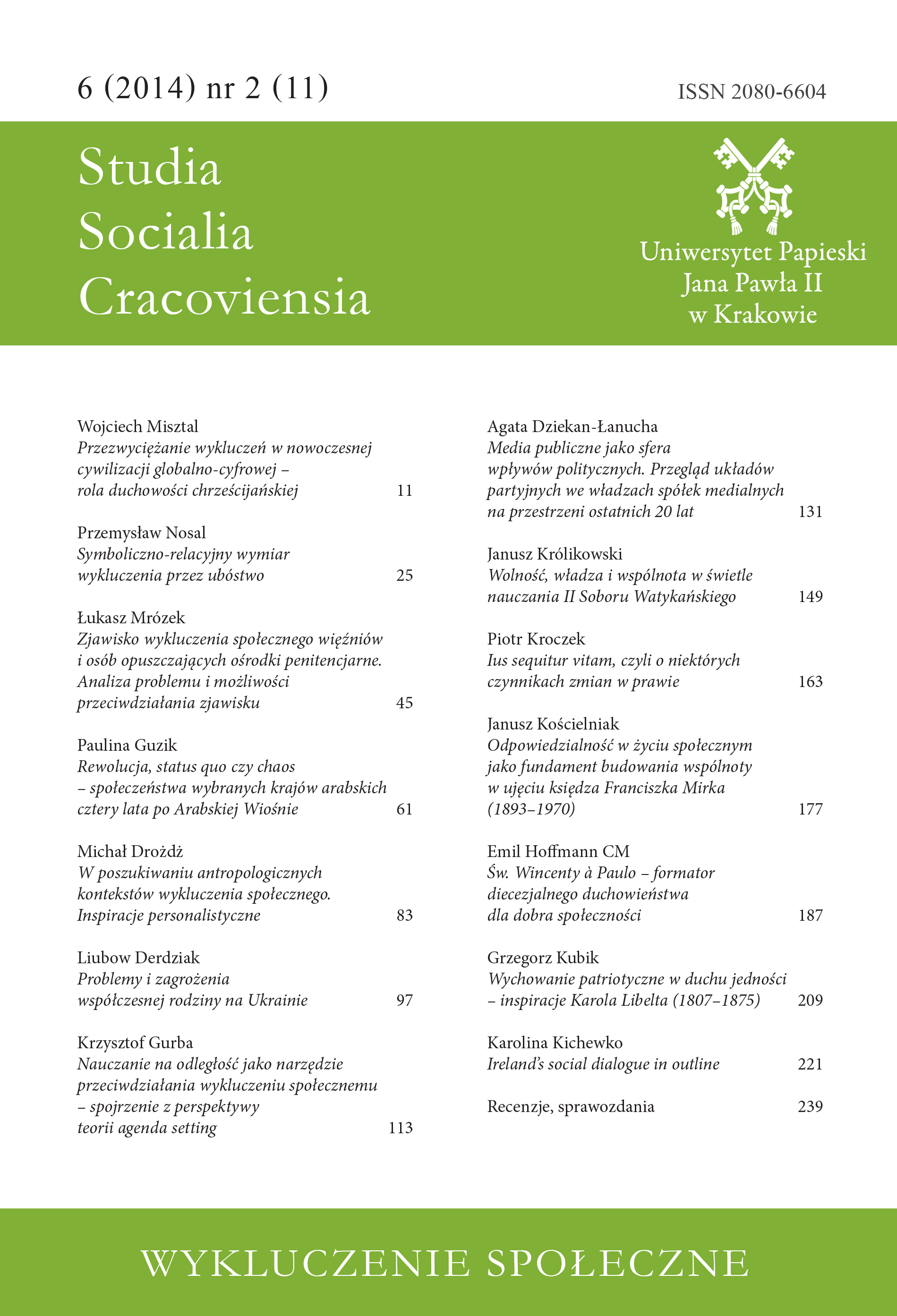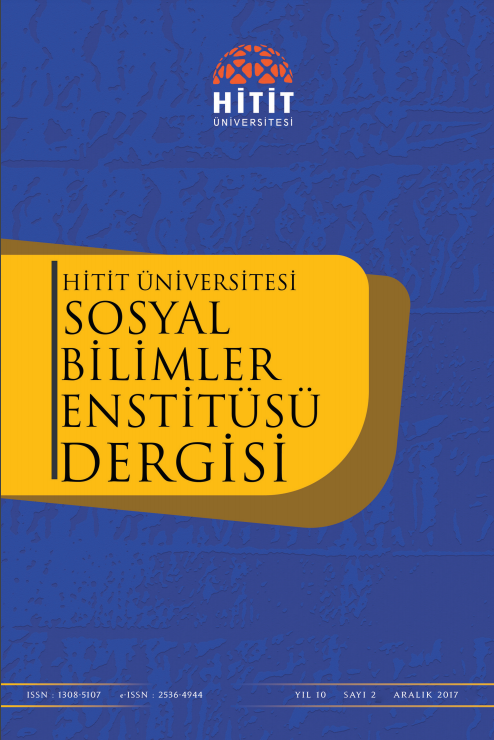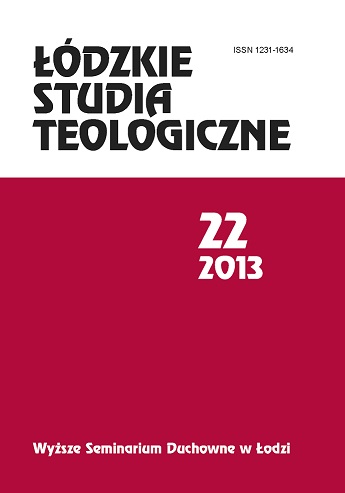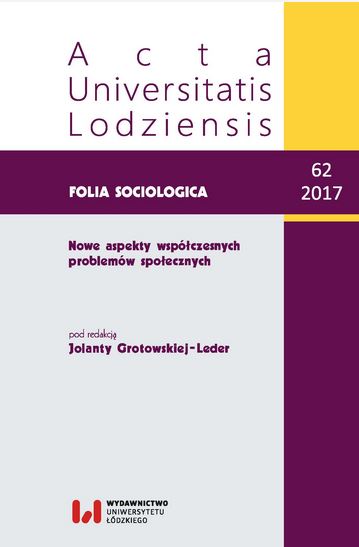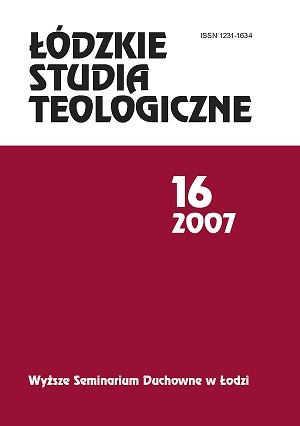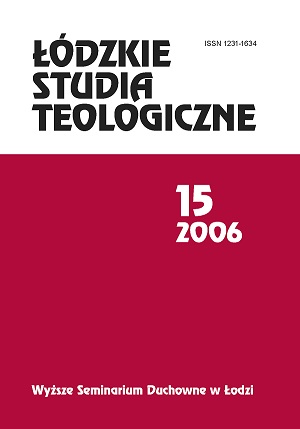Author(s): Nerilee Hing,Alex M.T. Russell,En Li,Peter Vitartas / Language(s): English
Issue: 1/2018
Marketing inducements for addictive products, such as wagering, can prompt impulse purchasing by triggering consumption reminders, urges, and cravings. Wagering inducements incentivize betting by providing bonus bets, money-back guarantees, deposits into betting accounts, and discounts. Their promotion during sporting events, push marketing efforts directed at consumers, and ease of uptake at the point-of-sale, may trigger betting on impulse. This study examined whether the uptake of wagering inducements predicted impulse betting on sport. Methods: Australian sports bettors (N = 1,813) completed an online survey measuring their proportion of planned bets, impulse bets before match commencement, and impulse bets during play; frequency of using wagering inducements; and several psychological, behavioral, and demographic variables. Results: More frequent users of wagering inducements had a greater tendency to place impulse in-play bets, which were also predicted by problem gambling, higher buying impulsiveness, higher frequency of watching sports, younger age, and higher educational status. Sports bettors with a greater tendency to place impulse bets before match commencement also tended to have higher buying impulsiveness and to be younger, but they used inducements less frequently, and tended to be female, less-educated and non-problem, moderate risk, or problem gamblers. Discussion and conclusions: Uptake of wagering inducements appeared to be particularly effective in stimulating impulse in-play betting among problem gamblers and frequent sports viewers. These results suggest that a more cautious approach to the regulation of both in-play bets and wagering inducements may be required to better protect young adults from gambling problems and harm.
More...
